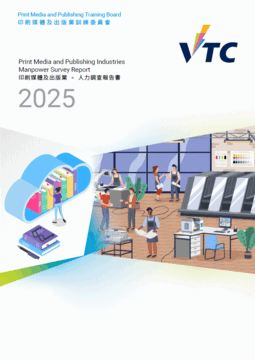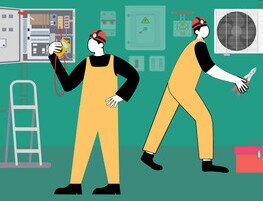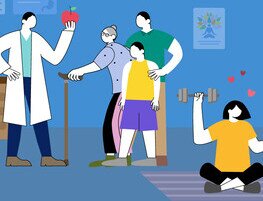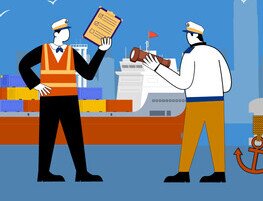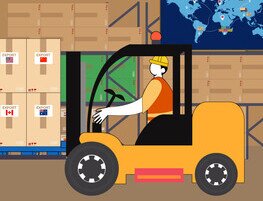Recommendation
Training Needs
- Employees having joined the establishment for less than 2 years -
1st
Quality Control
2nd
Omnichannel marketing, Digital marketing strategy
3rd
Innovative fabrics e.g. smart textile, temperature responsive fabric, eco fabric, etc
4th
Global trade policy, Social media marketing
5th
Sustainability / sustainable supply chain / sustainable materials, 3D Fashion design software, 3D Technologies / 3D Printing, E-commerce knowledge
1st
Innovative fabrics e.g. smart textile, temperature responsive fabric, eco fabric, etc
2nd
Global trade policy
3rd
E-commerce knowledge
4th
Sustainability / sustainable supply chain / sustainable materials
5th
Social media marketing
Note(s):
Readers are alerted to interpret the information presented with caution due to small population.
- Employees having joined the establishment for more than 5 years -
1st
Innovative fabrics e.g. smart textile, temperature responsive fabric, eco fabric, etc
2nd
Sustainability / sustainable supply chain / sustainable materials
3rd
Quality Control
4th
Virtual fitting, E-commerce knowledge
5th
3D Technologies / 3D Printing
1st
Social media marketing
2nd
Innovative fabrics e.g. smart textile, temperature responsive fabric, eco fabric, etc
3rd
Global trade policy
4th
Quality Control
5th
Sustainability / sustainable supply chain / sustainable materials
- Create Design and Fashion Hub: Utilise dedicated spaces and resources in Sham Shui Po to nurture young design talents, including design studios, co-working spaces, prototyping workshops, and exhibition venues, promoting knowledge sharing, collaboration, and showcasing the culture of design.
- Foster International Exchanges: Facilitate international exchanges and collaborations between local fashion designers and their counterparts from other fashion capitals to enhance global competitiveness through partnerships with international fashion organisations, participation in fashion weeks, study tours, and cultural exchanges.
- Support Succession Planning and Attract Younger Talent: Invest in developing and nurturing young designers who can bridge the gap between design and production, positively impacting various roles in the industry. Expand support for the growth of fashion creatives through incubation programmes, mentorship, business guidance, access to production facilities, and financial assistance.
- Utilize Government subsidy: Working employees should utilize the Government study and training subsidy scheme such as the Vplus Creative Industries to pursue higher qualifications for career advancement.
Tailor Training for Diverse Employee Needs: Develop tailored training programmes to cater to the diverse needs of employees at different career stages, offering comprehensive training in innovative fabrics and global trade policy for new employees and advanced training in fashion marketing for experienced professionals.
Encourage Continuous Professional Development: Promote lifelong learning by offering training programmes and workshops in areas such as sustainable fashion, digitalisation, craftsmanship, and design innovation to upgrade the skills of the existing workforce.
Engage Retired Artisans as Educators: Engage retired experienced artisans as educators in fashion design schools to preserve traditional techniques, pass on valuable skills, and inspire creativity through mentorship and collaboration between generations.
- Strengthen Industry-Education Collaboration: Foster closer collaboration between the fashion industry and educational institutions through internships, apprenticeships, and mentorship programs to provide real-world exposure and emerging technology experiences.
Encourage Learning through Hong Kong Fashion Design Week: Involve education providers, young designers, and fashion design students in organising and participating in the Hong Kong Fashion Design Week, showcasing student works, offering platforms for emerging talents, facilitating student involvement through internships and volunteering, organising mentorship programmes and networking events, and providing design scholarships or grants to support young designers and students.






